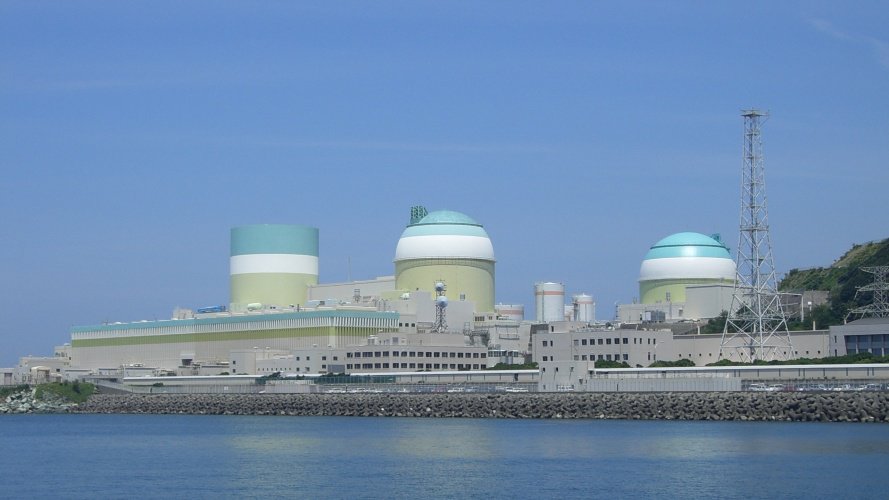The news that Japan has taken its first tentative post-Fukushima steps back into the nuclear fold has provoked a range of reactions: some positive, some not so. But the move will help restore global confidence in a technology that many view as essential in the worldwide quest to reduce carbon emissions.
In the wake of the March 2011 Fukushima crisis, global confidence in nuclear energy plunged to its lowest levels since the 1987 Chernobyl disaster.
Japan, until then one of the world’s most whole-hearted adopters of the energy source, shut down its entire fleet, and a number of other countries - although not the UK - turned their backs on atomic energy with varying degrees of finality.
This week’s news that Japan’s Sendai Unit 1 reactor is back online, marks the most significant softening of this positioning in the last few years, and barring any freakish accidents will pave the way for the country to once again put nuclear at the heart of its energy mix (the Japanese government reportedly plans to bring 43 operable nuclear reactors back online in the months and years ahead.)
None of this is particularly surprising. The country has hardly any of its own fossil fuel reserves, has strong ambitions to reduce its dependence on hydrocarbons and has been spending ¥3.6 trillion ($30bn) each year importing fuel. In environmental, economic and energy security terms it’s a bit of a no-brainer.

There is, nevertheless, widespread opposition to the move. According to polls, a majority of Japanese citizens oppose the restarts, and are unconvinced by new safety standards implemented in the wake of the Fukushima accident. On this point, it’s worth reiterating that whilst over 185,000 people lost their lives as a result the earthquake and tsunami that triggered the Fukushima accident, no one has lost their life as a direct result of radiation leakage from the damaged reactor.
The restart has also ignited a debate around renewables. More than £64m has been spent on new safety systems at Sendai alone, and some critics have claimed that the huge amount of investment required to bring Japan’s nuclear fleet safely back online would be better spent on developing new renewable energy technologies.
It’s a question that’s as relevant for the UK as it is for Japan. Undoubtedly, concerted investment in renewables at the expense of everything else would yield rapid technological advances, but whether these would be achieved quickly enough to make a meaningful short-term contribution to the energy mix is another question entirely.
And whilst such arguments rage on, Japan’s nuclear renaissance will continue. It’ll be a fraught and drawn out affair, and the rest of the world will be watching closely. But if, in the space of just a few years, Japan can bring its atomic energy ambitions back on track, global confidence in the technology will gradually be restored.




Red Bull makes hydrogen fuel cell play with AVL
Formula 1 is an anachronistic anomaly where its only cutting edge is in engine development. The rules prohibit any real innovation and there would be...